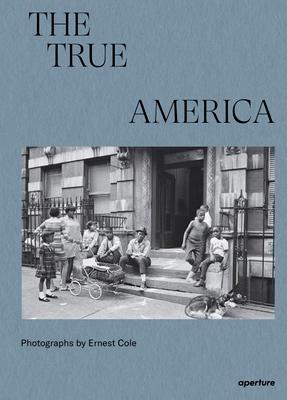After fleeing South Africa to publish his landmark book House of Bondage (1967) on the horrors of apartheid, Cole resettled in New York. He photographed extensively on the streets of New York City and documented Black communities in cities and rural areas of the United States--traveling across the country in the months leading up to and just after the assassination of Martin Luther King Jr. The pictures reflect both a newfound freedom Cole experienced in America and an incisive eye for the inequalities of systemic racism. He released very few images from this body of work while he was alive, and the pictures were thought to be lost entirely until the negatives resurfaced in Sweden in 2017. This treasure trove provides an important window into American society and establishes Cole's place in the history of American photography.

Ernest Cole: The True America
After fleeing South Africa to publish his landmark book House of Bondage (1967) on the horrors of apartheid, Cole resettled in New York. He photographed extensively on the streets of New York City and documented Black communities in cities and rural areas of the United States--traveling across the country in the months leading up to and just after the assassination of Martin Luther King Jr. The pictures reflect both a newfound freedom Cole experienced in America and an incisive eye for the inequalities of systemic racism. He released very few images from this body of work while he was alive, and the pictures were thought to be lost entirely until the negatives resurfaced in Sweden in 2017. This treasure trove provides an important window into American society and establishes Cole's place in the history of American photography.